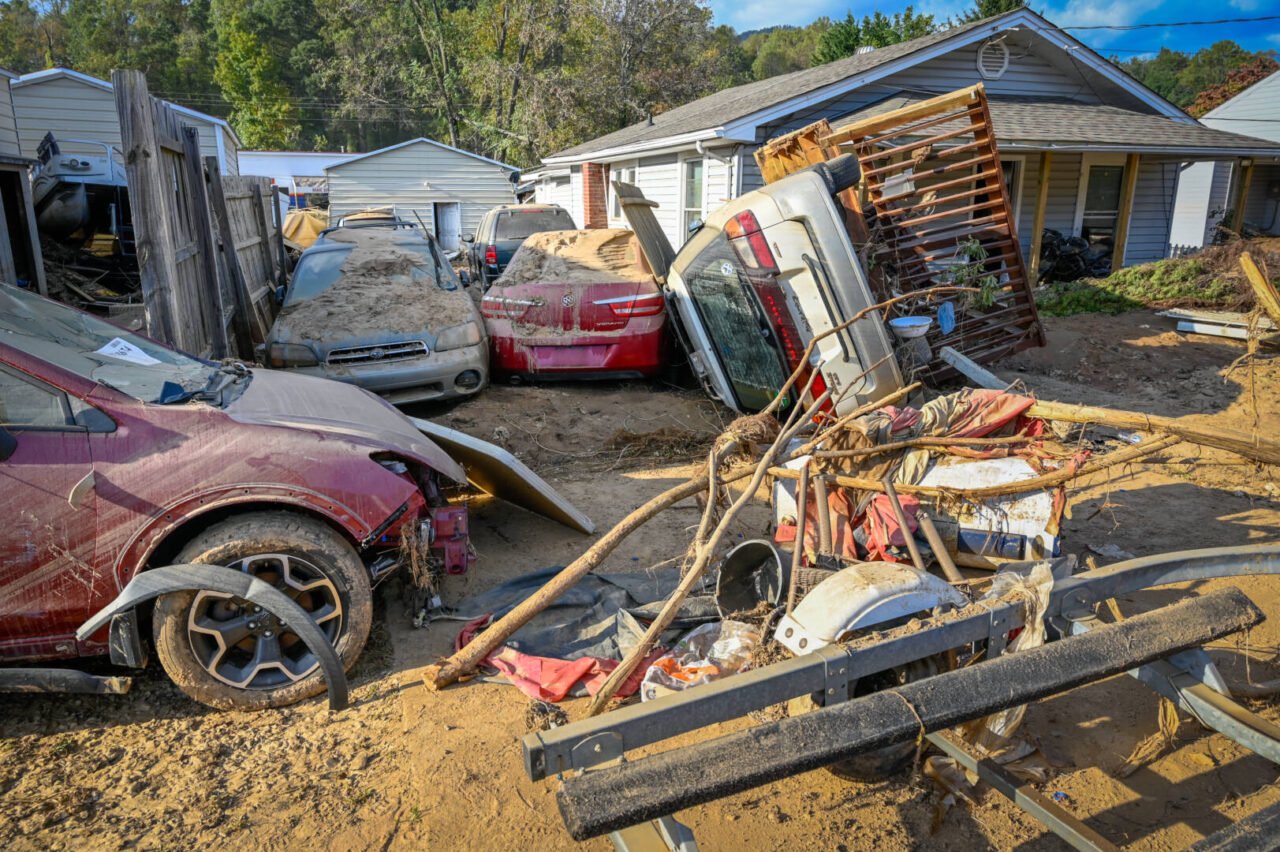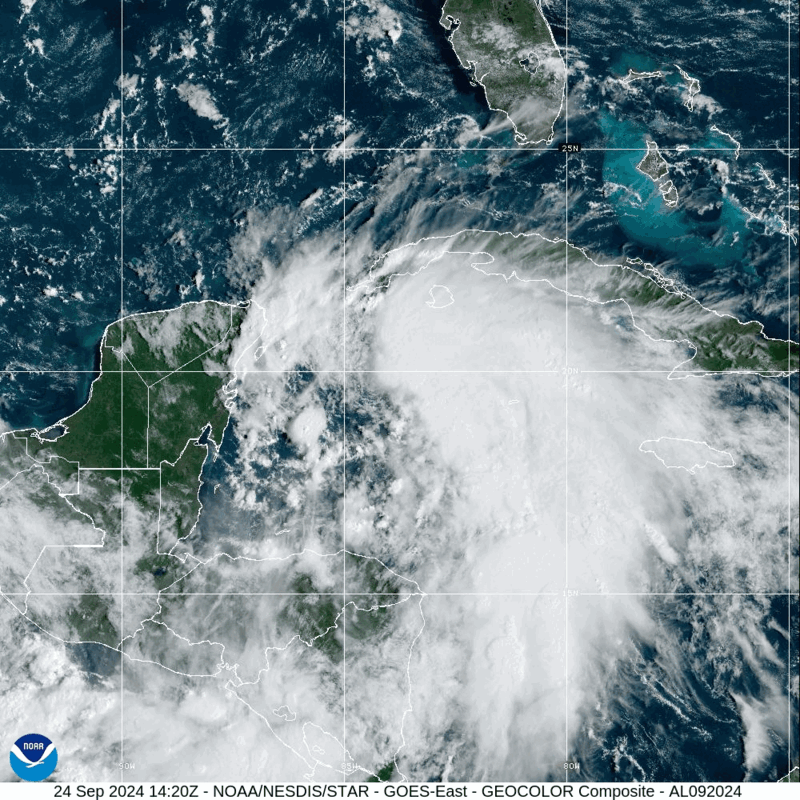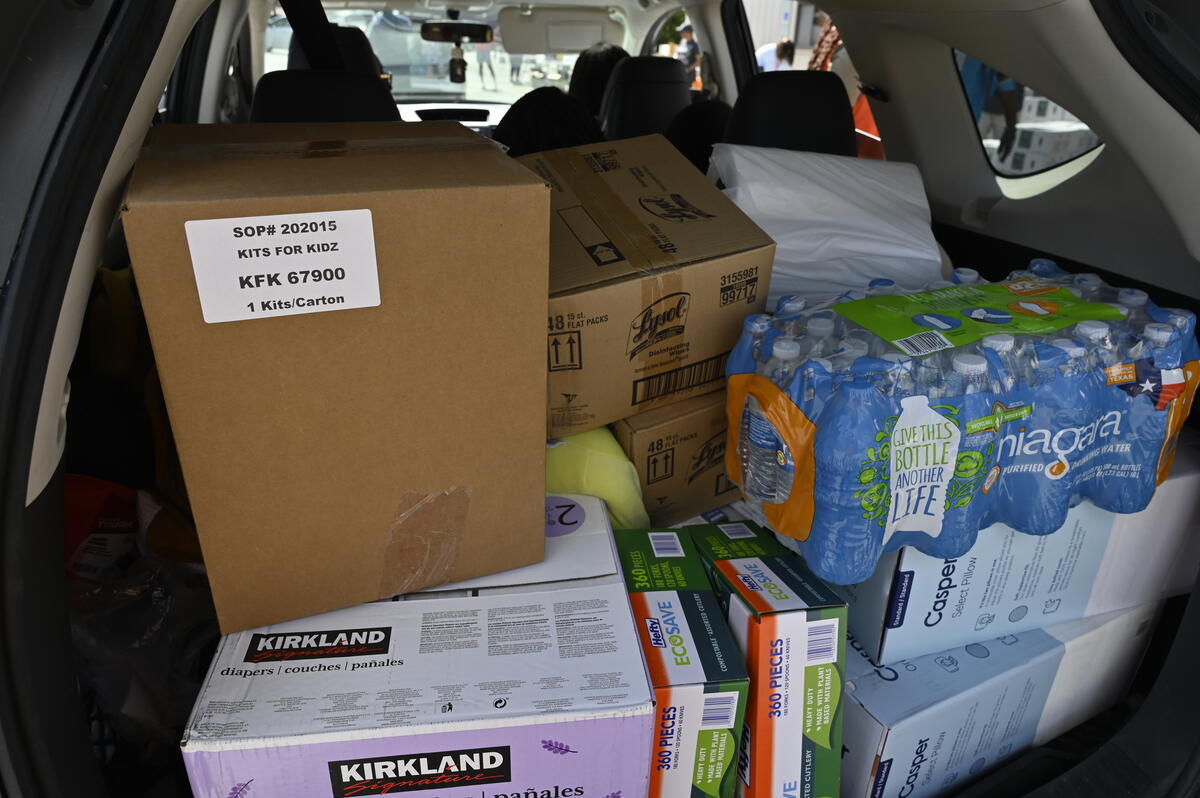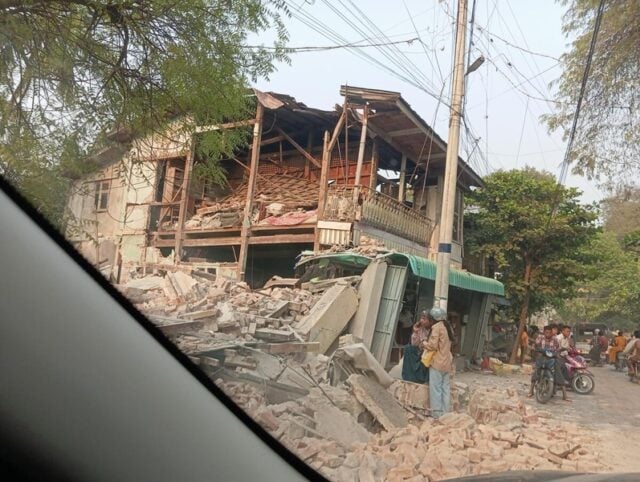Hurricane Helene: Facts, FAQs, and how to help
- Fast facts: Hurricane Helene
- What is the latest update on Hurricane Helene?
- How did Hurricane Helene and Hurricane Milton impact the southeastern U.S. in 2024?
- How can I help people affected by Hurricane Helene and other disasters in the U.S.?
- How is World Vision helping communities impacted by Hurricane Helene?
Fast Facts: Hurricane Helene
- Hurricane Helene, a Category 4 storm, made landfall in Florida’s Big Bend region on September 26, 2024, with maximum sustained winds of 140 mph.
- The storm caused widespread destruction across northwestern Florida, Georgia, Tennessee, and the Carolinas, bringing record-breaking rainfall, severe flooding, and hurricane-force winds ranging from 40 to 60 mph.
- Hurricane Helene ranked among the most powerful storms to hit the United States and the strongest hurricane on record to strike Florida’s Big Bend region.
- Among the deadliest U.S. hurricanes since Maria in 2017 and Katrina in 2005, Helene claimed at least 227 lives.
- With initial damage estimates of at least $79.6 billion, Helene ranks among the costliest hurricanes in U.S. history.
- Compounding the devastation in many of the same areas, Hurricane Milton made landfall on Florida’s west coast on October 9, 2024, as a Category 3 storm.

What is the latest update on Hurricane Helene?
As of February 2025, recovery efforts from Hurricane Helene are ongoing. While many areas have continued to make progress, some of the hardest-hit communities face challenges such as power restoration, infrastructure repairs, and debris removal. Helene is the deadliest hurricane to hit the mainland U.S. since Maria in 2017. About half the victims were in North Carolina, while dozens more perished in Georgia and South Carolina. The storm caused massive power outages and widespread infrastructure damage.

How did Hurricane Helene and Hurricane Milton impact the southeastern U.S. in 2024?
Just weeks apart, Hurricanes Helene and Milton struck the southeastern U.S. in 2024, causing widespread devastation. Hurricane Helene, a Category 4 storm, made landfall in Florida’s Big Bend region on September 26 with 140 mph winds, bringing record-breaking rainfall, severe flooding, and hurricane-force winds across Florida, Georgia, Tennessee, and the Carolinas. With at least 227 fatalities, Helene became the deadliest U.S. hurricane since Maria in 2017.
Shortly after, Hurricane Milton struck many of the same areas, compounding the damage with additional flooding and destruction. In response to both disasters, World Vision delivered emergency aid, distributing food, clean water, hygiene kits, and rebuilding materials to affected communities. Recovery efforts continue, with long-term support focused on rebuilding homes and infrastructure.
How can I help people affected by Hurricane Helene and other disasters in the U.S.?
- Pray: Join us in praying for all those impacted by Hurricane Helene and other disasters around the world.
- Give: Your gift will help deliver urgent aid to children and families impacted by this hurricane and other disasters in the U.S.
How is World Vision helping communities impacted by Hurricane Helene?
World Vision responded quickly to Hurricane Helene’s devastation in Florida, Georgia, and the Carolinas, partnering with local churches to reach the hardest-hit communities. When Hurricane Milton struck shortly after, our teams quickly expanded their efforts to support even more impacted communities.

Thanks to the generosity of our donors and through our 20 church partnerships, we have served over 72,195 people in the affected states of Florida, Georgia, and the Carolinas in response to Hurricane Helene and Hurricane Milton. We delivered:
Food aid:
- Over 73,000 pounds of food (36.5 tons), including 3,466 Crisis Relief Boxes and 1,100 turkeys for holiday meals.
- 18,000 gallons of clean water.
Christmas support:
- In December 2024, World Vision supported eight holiday events, delivering over 20,000 toys, card games, stuffed animals, books, items of clothing, and other recreational items.
Rebuilding efforts:
- Partnering with long-term recovery groups to rebuild 150 homes, supplying lumber for framing, drywall and supplies, flooring, doors, bathroom fixtures (including sinks and toilets), kitchen appliances, shingles, and more.
- Grant funding: Over $250,000 has been granted to partners to help with cleanup and rebuilding efforts.

